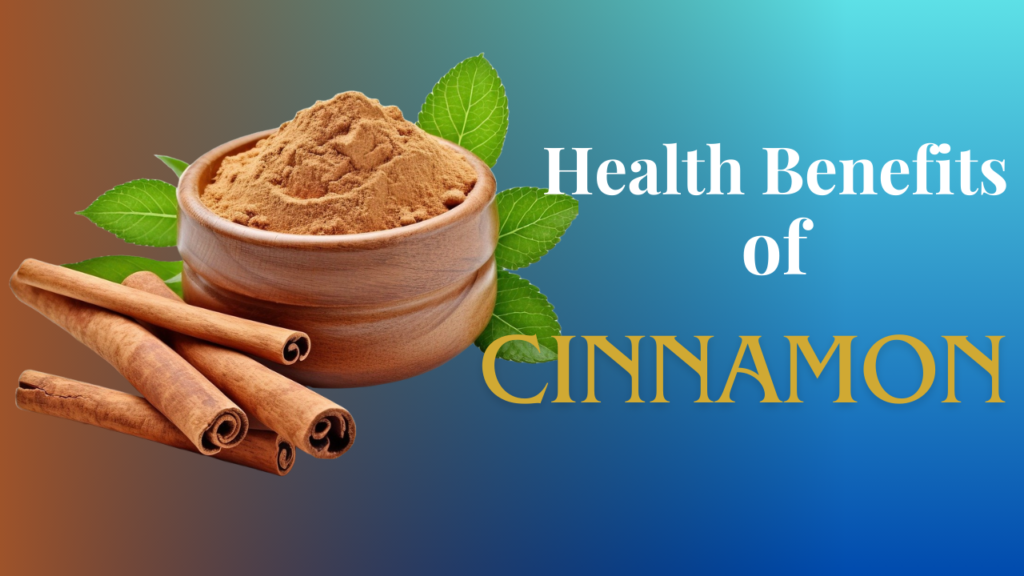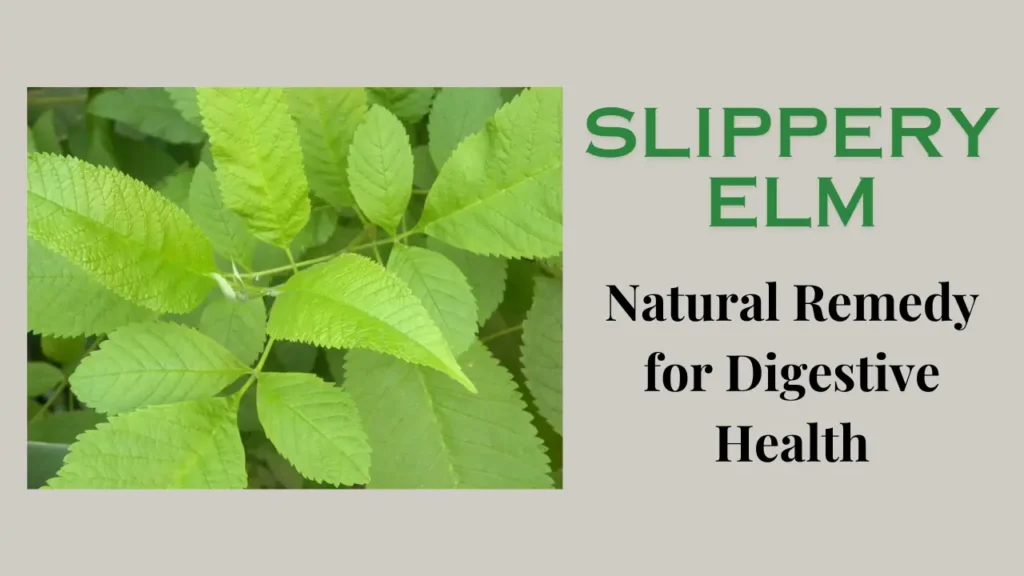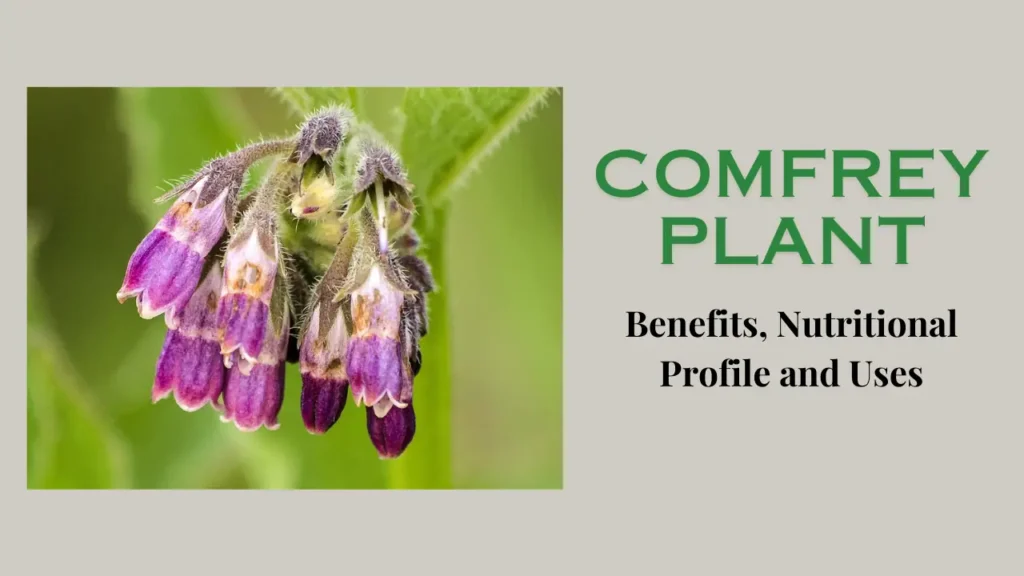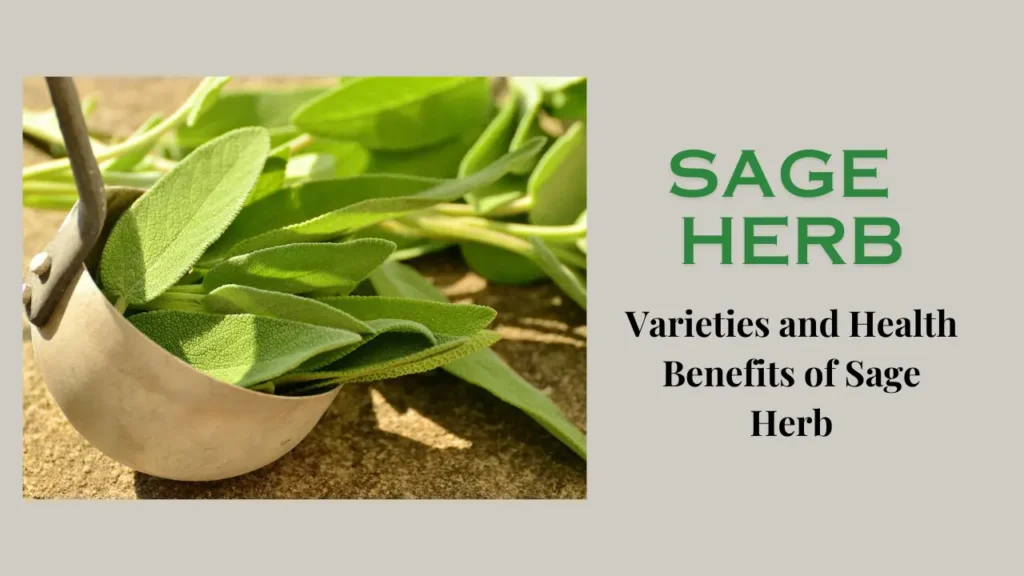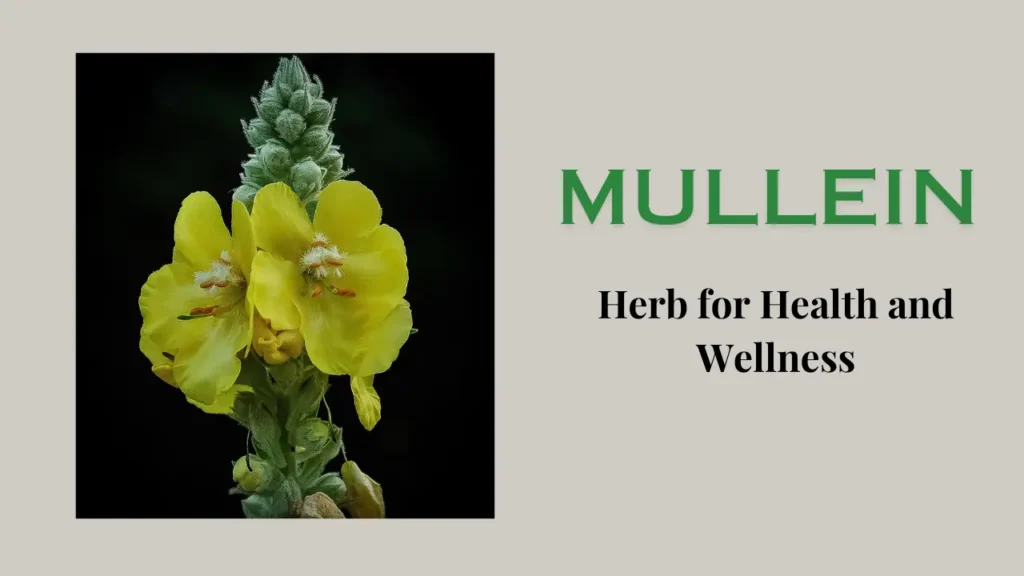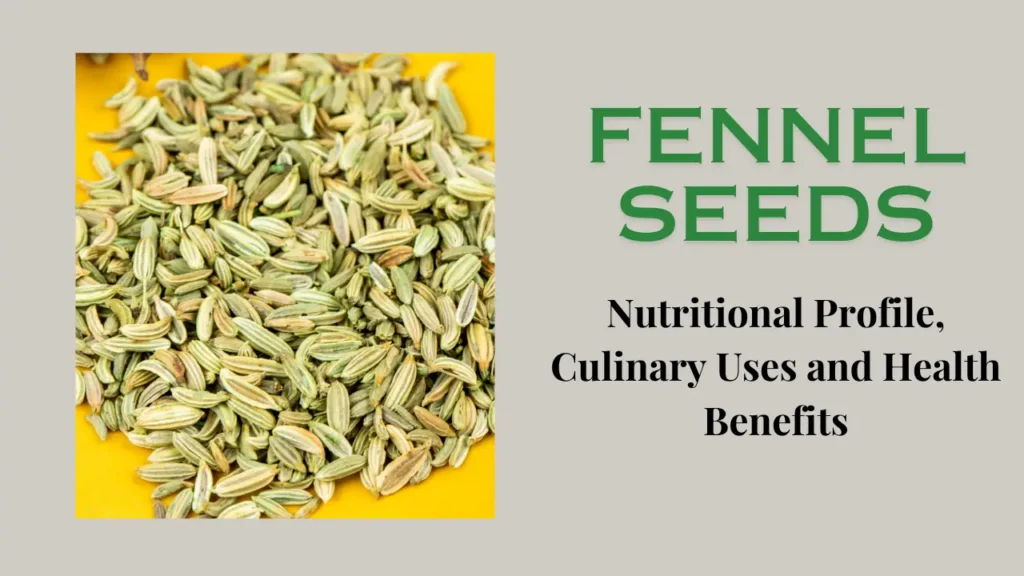The Malabar nut is scientifically known as Justicia adhatoda. It is a medicinal plant deeply rooted in the healing systems of Ayurveda. With its diverse medicinal properties, this herb has attracted people’s attention for centuries. In this article, we will learn about it in detail.
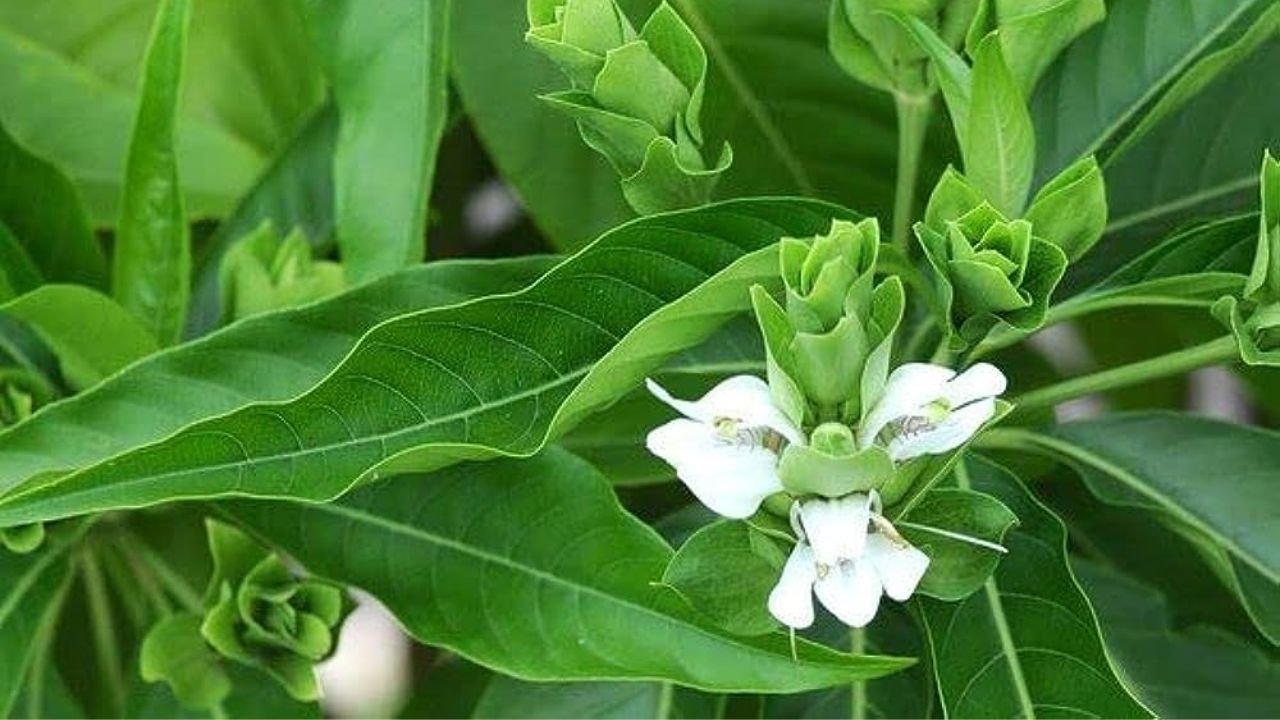
Table of Contents
Habit and Habitat
Malabar nut is a perennial plant that usually grows 1-2 meters in height. It belongs to the Acanthaceae family and is native to the Indian subcontinent. It thrives in a wide variety of habitats including plains, forests, and hilly areas. They require tropical and subtropical climates to grow.
Other names
Malabar nut is known by many different names in different languages, Such as Vasaka (Sanskrit), Adhatoda (Hindi), Adalodakam (Malayalam), Bakas (Bengali), Adathodai (Tamil), Vasak (Gujarati).
Chemical Composition
Many bioactive compounds are found in it which contribute to its medicinal properties. The major chemical constituents found in Malabar nut include alkaloids (vasicin, vasicinone, edatonin), flavonoids, phenolics and essential oils. Vasicin and vasicinone are two alkaloids extensively studied for their medicinal properties.
Parts Used
Leaves (Rich in Bioactive Compounds), Roots (Contain Phytochemicals), Flowers.
Properties of Malabar Nut
Ayurvedic Properties
In Ayurveda, it is classified according to its taste (rasa), potency (virya), and post-digestion effects (vipaka). Its Ayurvedic properties are:
- Rasa: Tikta (Bitter)
- Virya: Ushna (Hot)
- Vipaka: Katu (Pungent)
- Guna: Laghu (Light), Ruksha (Dry)
- Doshic Effect: Pacifies Kapha and Vata doshas
Therapeutic properties
There are many compounds found in the leaves, roots, and flowers of Malabar nut that help in curing various health conditions. Some of its notable medicinal properties are:
- Benefits in respiratory health: Malabar nut is known to have bronchodilator, expectorant and antiseptic properties. It promotes bronchial dilation thereby reducing inflammation of the air passages and provides relief from symptoms like asthma, bronchitis, and cough.
- Antimicrobial Properties: The bioactive compounds present in Malabar nut have powerful antimicrobial properties, which help fight various bacterial and fungal infections. It inhibits the growth of pathogens and supports the body’s natural defense mechanisms.
- Anti-inflammatory properties: Its anti-inflammatory properties can help reduce arthritis and inflammatory disorders.
- Antioxidant effect: It contains compounds like flavonoids and phenolic which have antioxidant effects on the body and protect cells from oxidative damage caused by free radicals. It helps prevent chronic diseases by promoting overall health.
- Aids digestion: It is beneficial for digestive health. It stimulates appetite, aids digestion, and also helps relieve gastrointestinal discomfort like indigestion and flatulence.
- Diuretic action: It acts as a diuretic, which helps flush out toxins from the body.
Uses of Malabar Nut
Malabar nut is used for various medicinal applications. Some of its common uses include:
- Respiratory disorders: It helps in the treatment of respiratory conditions like asthma, bronchitis, and chronic obstructive pulmonary disease (COPD). Its syrup, decoction, and inhalation are used to ease cough, cold, asthma, and bronchitis.
- Relief from cough and cold: It has expectorant and antitussive properties which help in providing relief from cough and cold symptoms. It helps in loosening the mucus accumulated in the chest and throat and expelling it, thereby providing relief from cough.
- Reducing fever: Its antipyretic properties help in reducing the body temperature during a fever. It is commonly used in fever-reducing formulations and to promote comfort during illness.
- Wound healing properties: It has antimicrobial and anti-inflammatory properties that help in wound healing. It helps prevent infection, reduces inflammation, and speeds up the healing process of wounds and ulcers.
- Alleviates digestive disorders: It stimulates the secretion of digestive enzymes thereby promoting healthy bowel movements and improving digestion. It is used to reduce symptoms of indigestion, flatulence, and stomach discomfort.
- Helps reduce inflammation: Ointments and poultices containing Malabar nut are used to reduce inflammation and relieve arthritis pain.
Conclusion
Malabar nut is a medicinal plant that provides many therapeutic properties. From respiratory health to digestive aid, this versatile herb offers holistic healing benefits. Including it in your daily routine helps in enhancing overall health and well-being. It provides natural solutions to common ailments.
Remember, before starting any new wellness regimen, it’s always best to consult with a healthcare professional to ensure it is suitable for your specific needs and circumstances.
Frequently Asked Question
Malabar nut can be identified by its leaves, flowers, and its shape. It is a small evergreen shrub in which
- Leaves: Their leaves are oppositely arranged, smooth-edged, broad, lance-shaped with a bitter taste which turns green-brown when dried.
- Flowers: Its flowers have large, white petals with purple stripes.
- Overall appearance: A small evergreen shrub.
Malabar Nut plants typically grow to be 1-3 meters (3-10 feet) tall.
Malabar nut thrives in well-drained soil and full sunlight. It does not require much water. Vegetative propagation is preferred for growing it because its seeds are difficult to germinate.
Malabar nut has been used in traditional medicine for centuries, especially Ayurveda. It provides relief from respiratory problems and may also have antibacterial, blood-purifying, and wound-healing properties.
Malabar Nut is just one of its common names. Some other names are Adhatoda, Vasa/Vasaka, and Adulsa.

